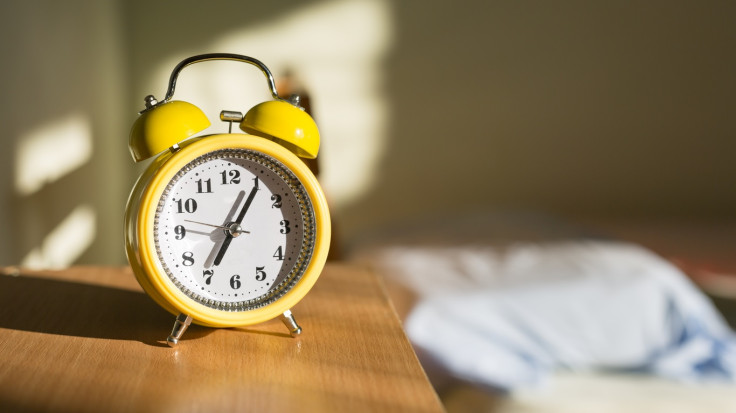When do the clocks change? Why the UK jumps forward an hour for British summer time
It all started in 1916.

After months of cold weather and dark mornings and evenings, spring has finally arrived bringing longer daylight hours and hopefully some sunshine.
Clocks in the UK will jump forward by one hour at 1am on Sunday 26 March, as Britain enters British summer time or daylight saving time.
Why do the clocks change?
British summer time was first established by the Summer Time Act in 1916. In October, the clocks go back an hour so the UK goes back to Greenwich Mean Time.
BST was established after a campaign by a builder called William Willett, who was allegedly annoyed with the waste of daylight in the early mornings of summer. In 1907, Willett published a leaflet called The Waste of Daylight.
The UK has not always changed its clocks. During the Second World War in 1940, clocks across Britain were not put back an hour at the end of British summer time in a bid to save fuel and money.
In subsequent years, clocks continued to be moved forward by one hour every spring and put back by an hour each autumn until July 1945. During this time, the UK was two hours ahead of GMT – a period called British double summer time.
What are the benefits of British summer time?
Some claim the clock change helps end the gloomy winter weather and reduce the symptoms of Seasonal Affective Disorder (SAD) with the extra hour of sunlight.
According to Danish researchers, the number of people diagnosed with depression soars after the transition from daylight saving time at the end of October.
Others suggest there could be economic benefits from bringing the UK in line with the same time zone as most of its European counterparts.
The lighter evenings are also believed to reduce the number of road traffic accidents, although this is disputed.
Are there any downsides?
The disruption of changing the clocks leads to a risk of being late for an event, but more significantly, some say putting the time forward can be economically and socially disruptive.
There are also alleged health risks, such as increasing the risk of stroke.
Researchers from the University of Turku in Finland have shown that the rate of the most common form of stroke, ischemic stroke, is higher in the two days following a daytime saving light transition.
© Copyright IBTimes 2025. All rights reserved.





















